Does silver tarnish?
Silver tarnish is a common issue that many people encounter when they own silver jewelry or silverware. It can be frustrating to see your once-shiny silver items turn dull and discolored. In this article, we will explore the causes of silver tarnish, how to prevent it, and the various methods for removing tarnish from silver. We will also debunk some common myths about silver tarnish. By understanding the factors that contribute to tarnish and implementing proper care techniques, you can keep your silver items looking beautiful for years to come.
Key Takeaways
- Silver tarnish is caused by oxidation, sulfur compounds, and moisture.
- Proper storage, anti-tarnish products, and regular cleaning can help prevent silver tarnish.
- Natural methods, chemical cleaners, and professional cleaning are effective ways to remove tarnish from silver.
- Tarnish is not a sign of poor quality, and all silver items can tarnish.
- With proper care, tarnish can be removed and silver items can be restored to their original shine.
What Causes Silver Tarnish?
Oxidation
Oxidation is one of the main causes of silver tarnish. When silver comes into contact with oxygen in the air, a chemical reaction occurs, resulting in the formation of silver oxide. This silver oxide layer is what gives silver its tarnished appearance. Oxidation is a natural process that happens over time and is influenced by factors such as exposure to air and pollutants.
To prevent oxidation and minimize tarnish, it is important to store silver items properly. This can be done by keeping them in airtight containers or using anti-tarnish bags or cloths. These storage methods help to reduce the exposure of silver to oxygen and moisture, slowing down the tarnishing process.
In addition to oxidation, other factors that contribute to silver tarnish include sulfur compounds and moisture. Sulfur compounds, which are commonly found in the environment, can react with silver and form a dark tarnish. Moisture and humidity can also accelerate the tarnishing process by creating a conducive environment for chemical reactions to occur.
Sulfur Compounds
Sulfur compounds are one of the main culprits behind silver tarnish. When silver comes into contact with sulfur compounds in the air or on the skin, a chemical reaction occurs that forms a dark layer on the surface of the silver. This layer is known as tarnish and can make the silver appear dull and discolored.
To prevent the formation of tarnish caused by sulfur compounds, it is important to minimize exposure to these compounds. This can be done by storing silver in airtight containers or using anti-tarnish products that create a barrier between the silver and the sulfur compounds in the air.
Additionally, regular cleaning of silver can help remove any sulfur compounds that may have come into contact with the metal. This can be done using natural methods, such as using baking soda and water to create a paste and gently rubbing it onto the tarnished areas, or using chemical cleaners specifically designed for silver.
It is important to note that while sulfur compounds are a common cause of silver tarnish, other factors such as oxidation and moisture can also contribute to tarnish formation.
Moisture and Humidity
Moisture and humidity play a significant role in the tarnishing of silver. When silver comes into contact with moisture, it accelerates the oxidation process, leading to the formation of silver sulfide, the black substance we recognize as tarnish. This is especially true in areas with high humidity, where the air is laden with moisture.
The impact of humidity levels on silver tarnish can be summarized as follows:
| Humidity Level (%) | Tarnishing Speed |
|---|---|
| < 50 | Slow |
| 50 - 70 | Moderate |
| > 70 | Fast |
Tip: To prevent tarnish due to moisture and humidity, store your silver items in a dry, cool place. Silica gel packets can be used to absorb excess moisture.
It's also worth noting that certain materials, like wood and paper, can release moisture over time. So, avoid storing silver in wooden boxes or wrapping it in paper. Instead, opt for materials that do not retain moisture, such as velvet or felt.
Preventing Silver Tarnish
Proper Storage
Proper storage is crucial in preventing silver tarnish. Here are some tips to keep your silver items in pristine condition:
- Store silver in a cool, dry place away from direct sunlight.
- Use anti-tarnish bags or cloth to wrap silver items before storing them.
- Avoid storing silver with other metals to prevent chemical reactions.
Remember, taking proper care of your silver through proper storage can significantly reduce the risk of tarnish and keep your silver items looking beautiful for years to come.
Anti-Tarnish Products
When it comes to preventing silver tarnish, there are a variety of anti-tarnish products available in the market. These products are specifically designed to protect silver items from tarnishing and keep them looking shiny and new. Some popular anti-tarnish products include:
- Anti-tarnish bags or pouches: These are small bags or pouches that contain a special anti-tarnish material. Simply storing your silver items in these bags can help prevent tarnish.
- Anti-tarnish strips: These strips are made of a material that absorbs moisture and sulfur compounds, which are the main culprits behind tarnish. Placing these strips near your silver items can help keep them tarnish-free.
It's important to note that while anti-tarnish products can be effective in preventing tarnish, they are not foolproof. Regular cleaning and proper storage are still essential to maintain the luster of your silver items.
Regular Cleaning
Regular cleaning is essential to maintain the shine and luster of your silver items. Here are some tips to effectively clean your silver:
-
Use a soft cloth or a non-abrasive sponge to gently wipe away any dirt or residue.
-
Avoid using harsh chemicals or abrasive cleaners as they can damage the silver.
-
If your silver has stubborn tarnish, you can create a simple cleaning solution by mixing warm water with a mild dish soap. Soak the silver in the solution for a few minutes, then gently scrub with a soft brush.
-
After cleaning, rinse the silver thoroughly with clean water and pat dry with a soft cloth.
-
To prevent future tarnish, consider storing your silver in anti-tarnish bags or using anti-tarnish strips.
Remember, regular cleaning and proper storage are key to keeping your silver items looking their best!
Removing Tarnish from Silver
Natural Methods
There are several natural methods that can be used to remove tarnish from silver. One popular method is to use a mixture of baking soda and water. Simply create a paste by mixing the two ingredients together and then apply it to the tarnished silver. Gently rub the paste onto the silver using a soft cloth or sponge, and then rinse it off with warm water. Another natural method is to use lemon juice. The acidic properties of lemon juice can help to dissolve the tarnish on silver. Simply squeeze some lemon juice onto a cloth and rub it onto the tarnished areas. Rinse the silver with warm water afterwards to remove any residue.
If you prefer a more hands-off approach, you can also try using aluminum foil and baking soda. Line a container with aluminum foil, shiny side up, and place the tarnished silver on top. Sprinkle baking soda over the silver, making sure to cover all the tarnished areas. Pour boiling water into the container, enough to fully submerge the silver. Let the silver soak for a few minutes, then remove it and rinse with warm water. The tarnish should be significantly reduced or completely removed.
It's important to note that while these natural methods can be effective, they may not completely remove heavy tarnish or restore the silver to its original shine. In such cases, it may be necessary to use chemical cleaners or seek professional cleaning services.
Chemical Cleaners
When it comes to removing tarnish from silver, chemical cleaners can be highly effective. These cleaners are specially formulated to dissolve tarnish and restore the shine of your silver items. One popular chemical cleaner is silver polish, which contains ingredients that react with the tarnish and remove it from the surface of the silver. It is important to follow the instructions provided with the cleaner and use it in a well-ventilated area.
In addition to silver polish, there are other chemical cleaners available in the market. Some cleaners come in the form of wipes or creams, making them convenient to use. Always test the cleaner on a small, inconspicuous area of the silver item before applying it to the entire surface.
Remember to wear gloves and protect your eyes when using chemical cleaners. Avoid using abrasive materials or harsh chemicals that can damage the silver.
Important Tip: After using a chemical cleaner, rinse the silver item thoroughly with water and dry it completely to remove any residue.
Professional Cleaning
Professional cleaning is a highly effective method for removing tarnish from silver. Experts in the field use specialized techniques and products to restore the shine and luster of silver items. They have the knowledge and experience to handle delicate pieces without causing any damage. Professional cleaning is especially recommended for valuable or sentimental silver items that require extra care.
If you choose to have your silver professionally cleaned, it is important to find a reputable and experienced silver cleaner. Look for recommendations from friends or family, or do some research online to find a trusted professional. Make sure to inquire about their cleaning process and any guarantees they offer.
Keep in mind that professional cleaning may come at a cost, but the results are often worth it. Your silver items will be returned to their original beauty, free from tarnish and looking as good as new.
Common Myths about Silver Tarnish
Tarnish is a Sign of Poor Quality
Tarnish on silver is often mistakenly associated with poor quality. However, tarnish is a natural process that occurs when silver reacts with sulfur compounds in the air. It does not indicate the quality of the silver itself. In fact, many high-quality silver items can tarnish over time.
To prevent tarnish and keep your silver looking its best, proper storage is key. Store silver items in airtight containers or bags to minimize exposure to air and moisture. Additionally, using anti-tarnish products, such as tarnish-resistant cloth or paper, can help slow down the tarnishing process.
Regular cleaning is also important to remove tarnish and restore the shine of your silver. There are various natural methods and chemical cleaners available for cleaning silver. However, if you prefer professional cleaning, you can take your silver items to a trusted jeweler or silver specialist.
Remember, tarnish is a natural occurrence and does not reflect the quality of your silver. With proper care and maintenance, you can keep your silver looking beautiful for years to come.
Only Silver Jewelry Tarnishes
Contrary to popular belief, tarnish is not exclusive to silver jewelry. While silver jewelry is more prone to tarnishing due to its higher silver content, other silver items such as silverware, coins, and decorative objects can also tarnish over time. Tarnish occurs when silver reacts with sulfur compounds in the air, forming a layer of silver sulfide on the surface. This reaction is accelerated in the presence of moisture and humidity. Therefore, it is important to properly store silver items and take preventive measures to minimize tarnish.
Tarnish is Permanent
Contrary to popular belief, tarnish is not permanent and can be easily removed from silver. There are several methods you can use to restore the shine and luster of your tarnished silver items.
One effective method is to use natural ingredients like baking soda and aluminum foil. Simply create a mixture of baking soda and water, then rub it onto the tarnished silver using a soft cloth. The baking soda acts as a gentle abrasive, helping to remove the tarnish without damaging the silver.
Another option is to use chemical cleaners specifically designed for removing tarnish from silver. These cleaners often contain ingredients like sulfuric acid or thiourea, which react with the tarnish and dissolve it away. However, it's important to follow the instructions carefully and avoid using these cleaners on silver-plated items, as they can cause damage.
If you're unsure about cleaning your tarnished silver yourself, it's always a good idea to seek professional cleaning services. Professional cleaners have the expertise and tools to safely remove tarnish and restore the beauty of your silver items.
Conclusion
In conclusion, silver does tarnish over time due to chemical reactions with sulfur compounds in the air. However, regular cleaning and proper storage can help prevent tarnishing and keep silver looking its best. It is important to note that tarnish does not affect the quality or value of silver, but rather adds character and a vintage charm. So, embrace the natural aging process of silver and enjoy its timeless beauty.
Frequently Asked Questions
What causes silver to tarnish?
Silver tarnishes due to oxidation, sulfur compounds, and moisture and humidity.
How can I prevent silver from tarnishing?
You can prevent silver from tarnishing by storing it properly, using anti-tarnish products, and regularly cleaning it.
What are some natural methods to remove tarnish from silver?
Some natural methods to remove tarnish from silver include using baking soda, lemon juice, or vinegar.
Are there chemical cleaners available to remove tarnish from silver?
Yes, there are chemical cleaners specifically designed to remove tarnish from silver.
Can I clean tarnished silver myself or should I seek professional cleaning?
You can clean tarnished silver yourself using various methods, but for valuable or delicate items, professional cleaning is recommended.
Is tarnish a sign of poor quality silver?
No, tarnish is a natural occurrence and does not indicate poor quality silver.
Best Sellers














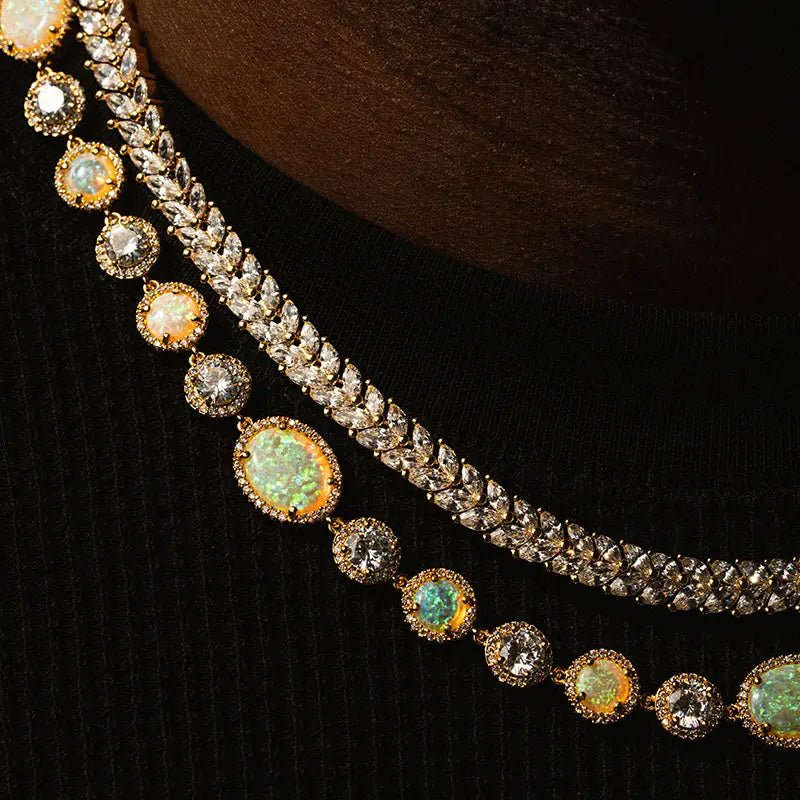
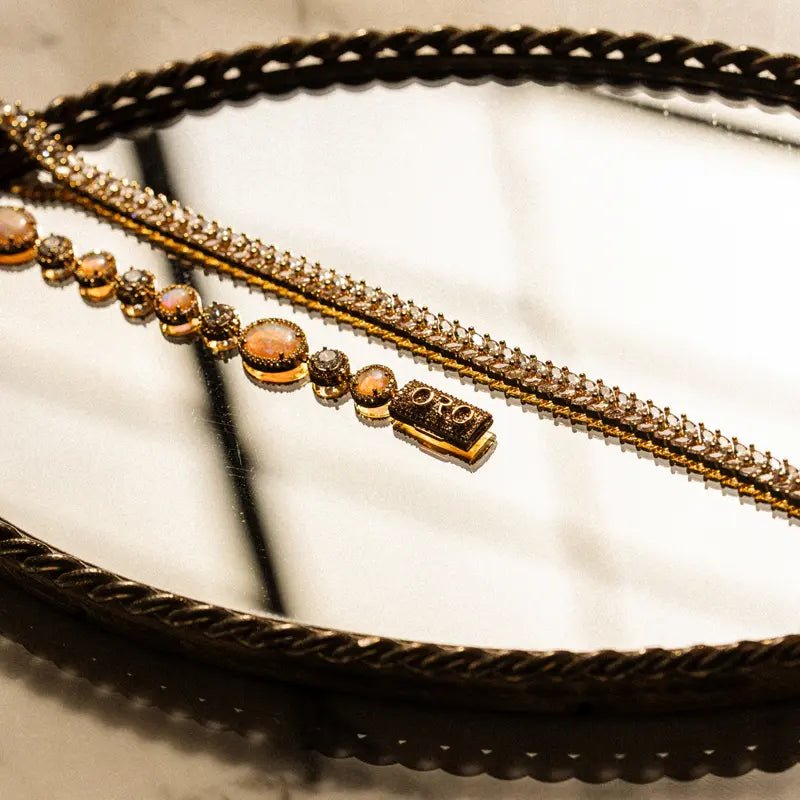
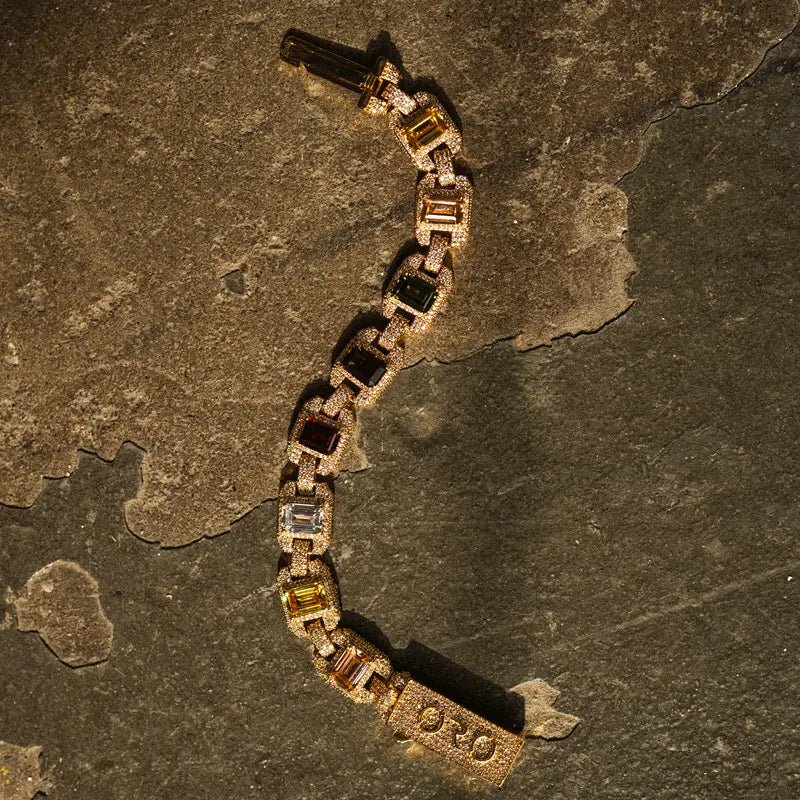
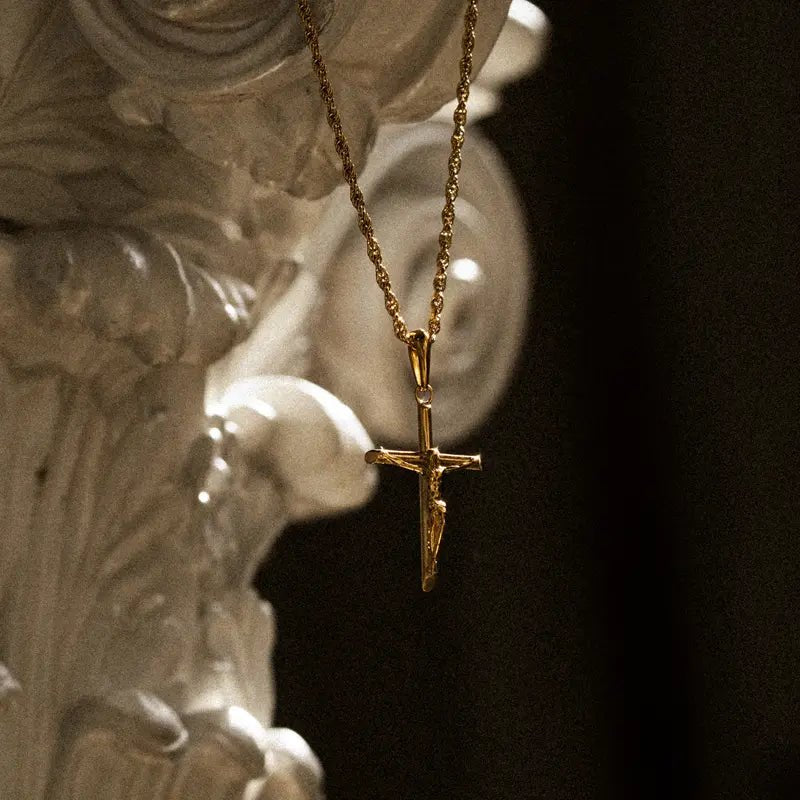



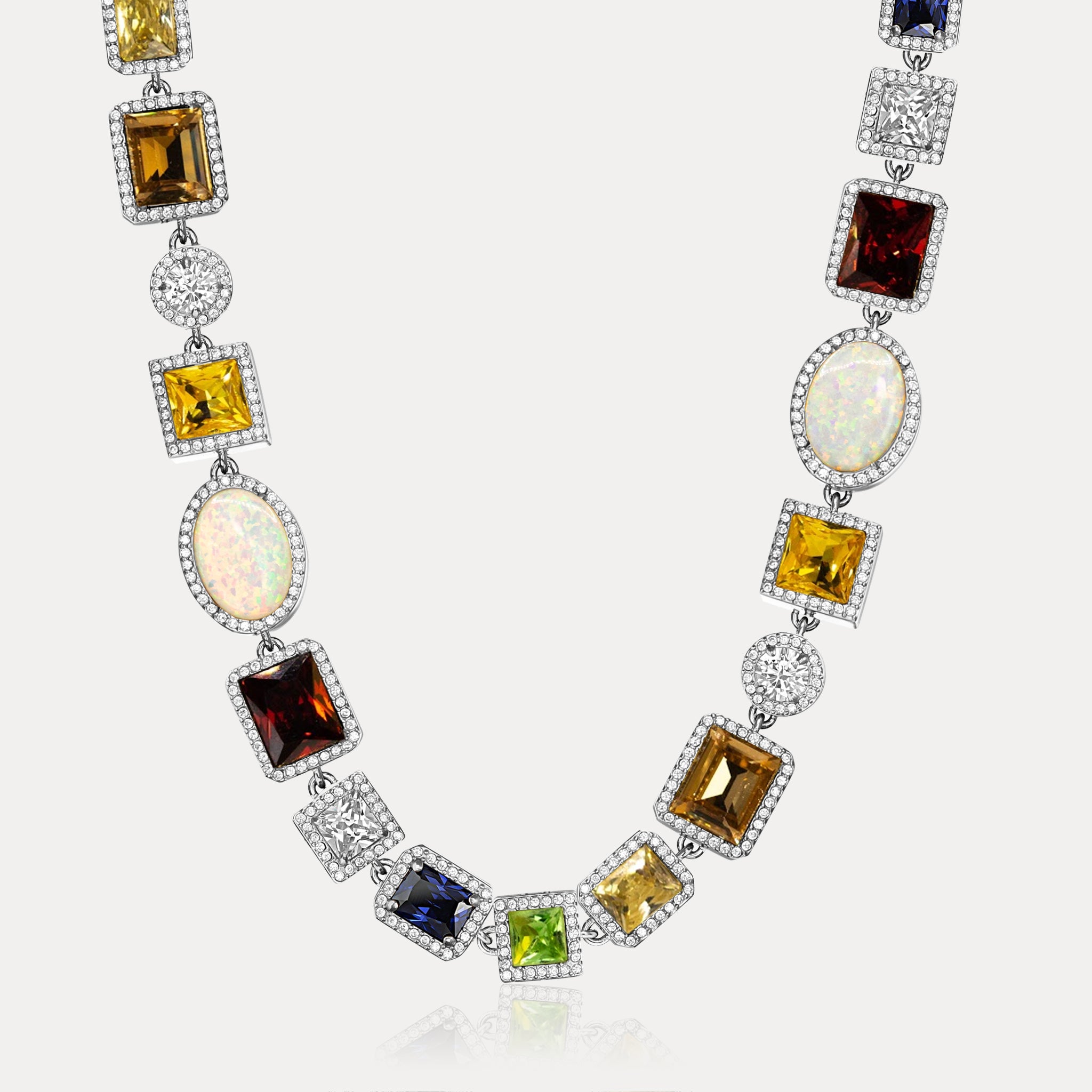
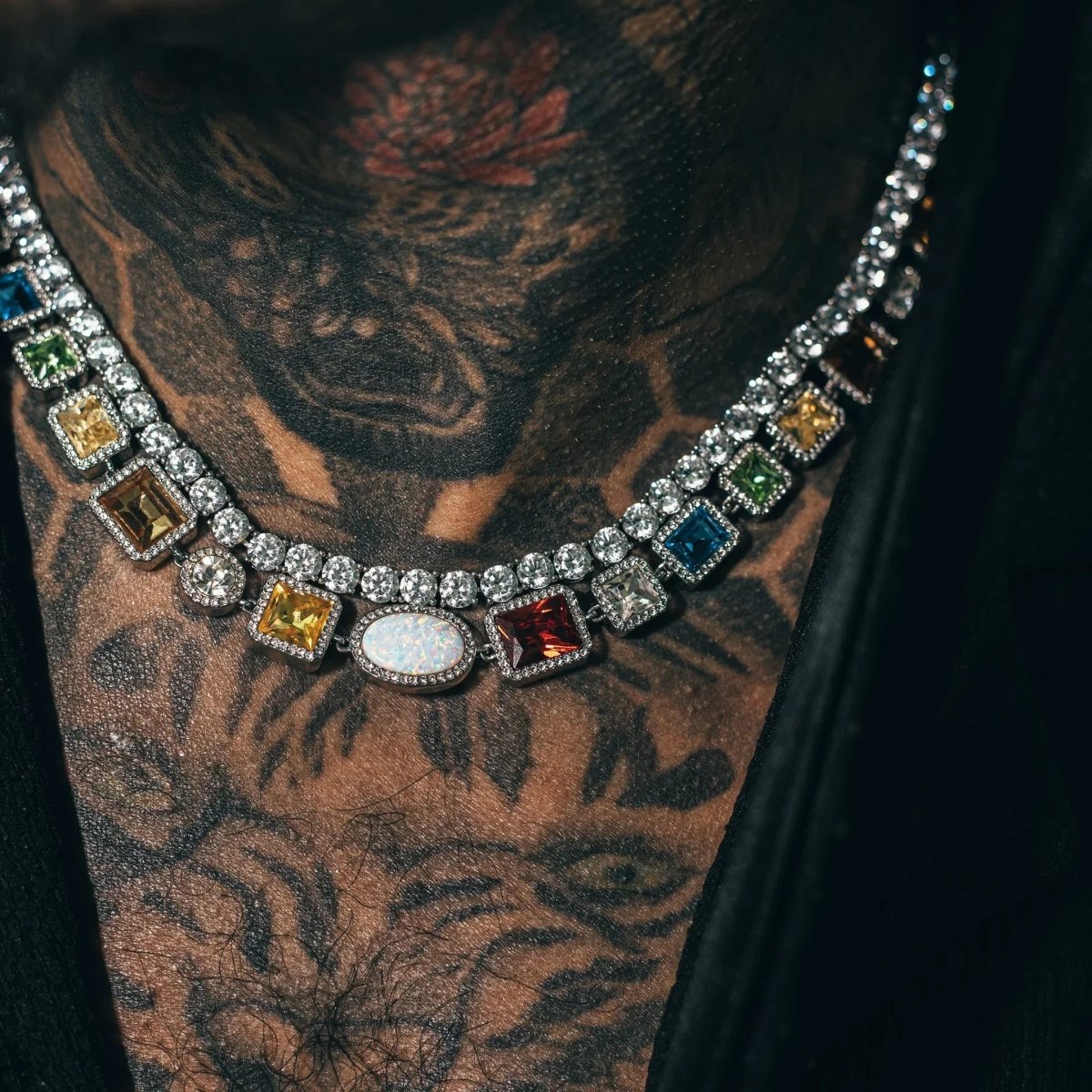
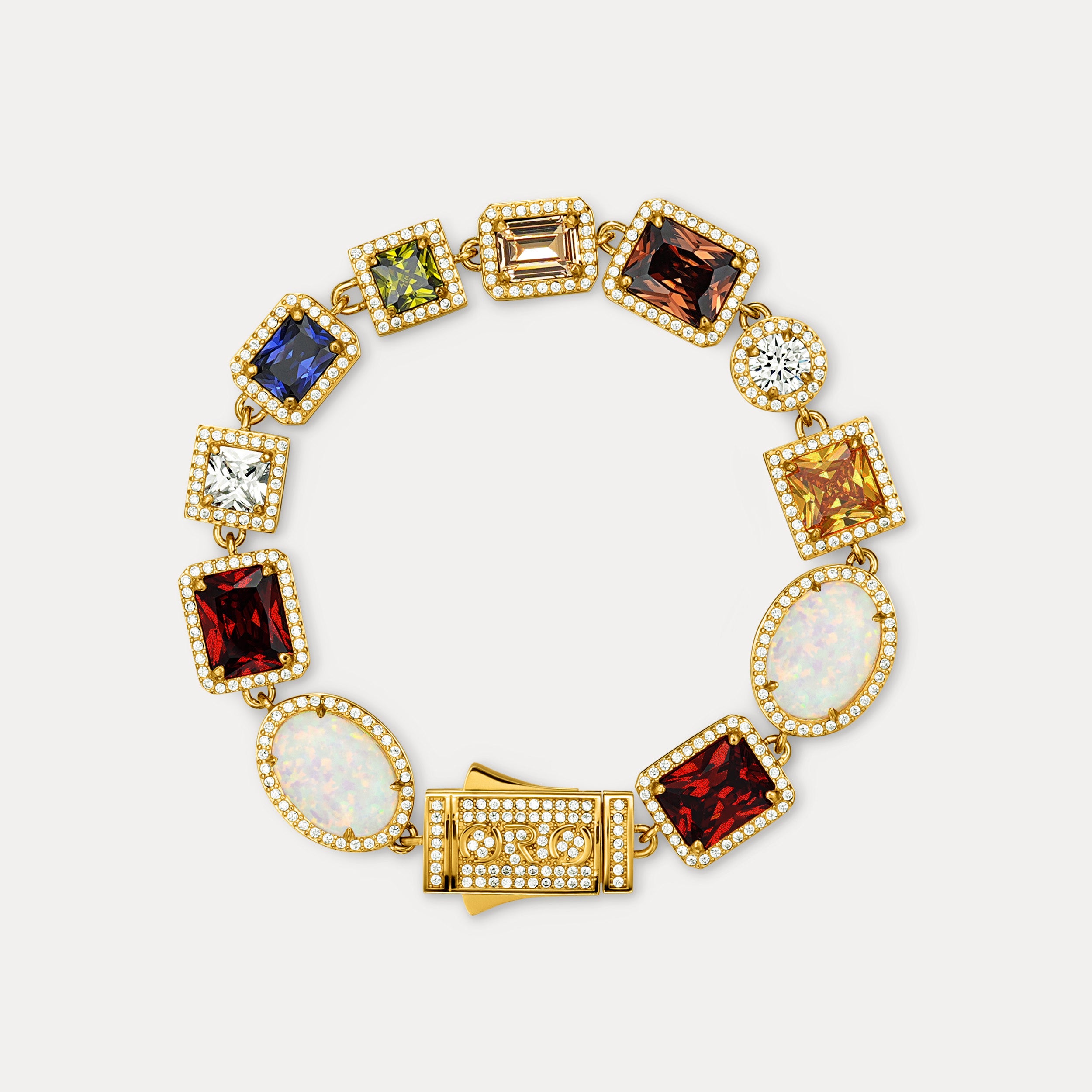

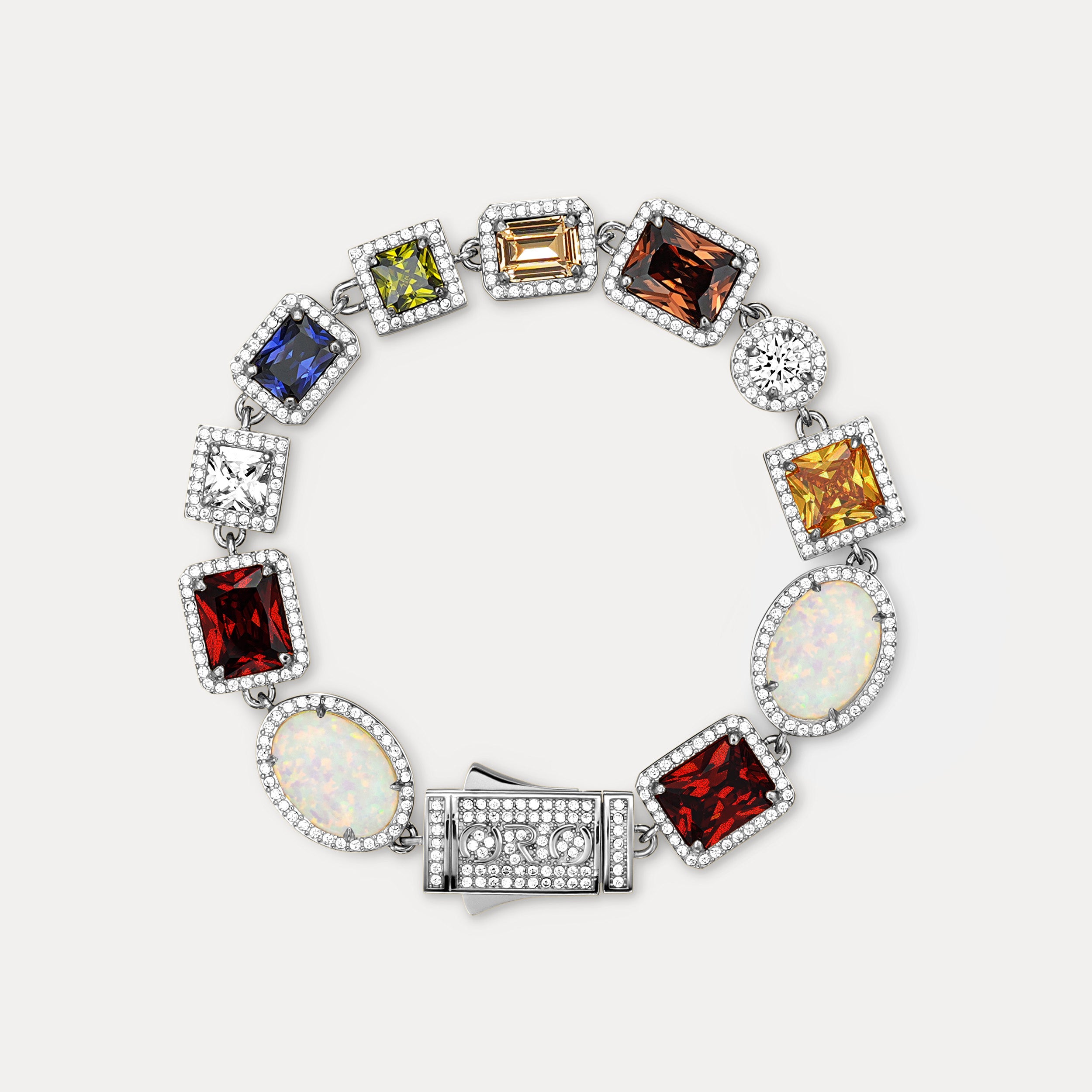

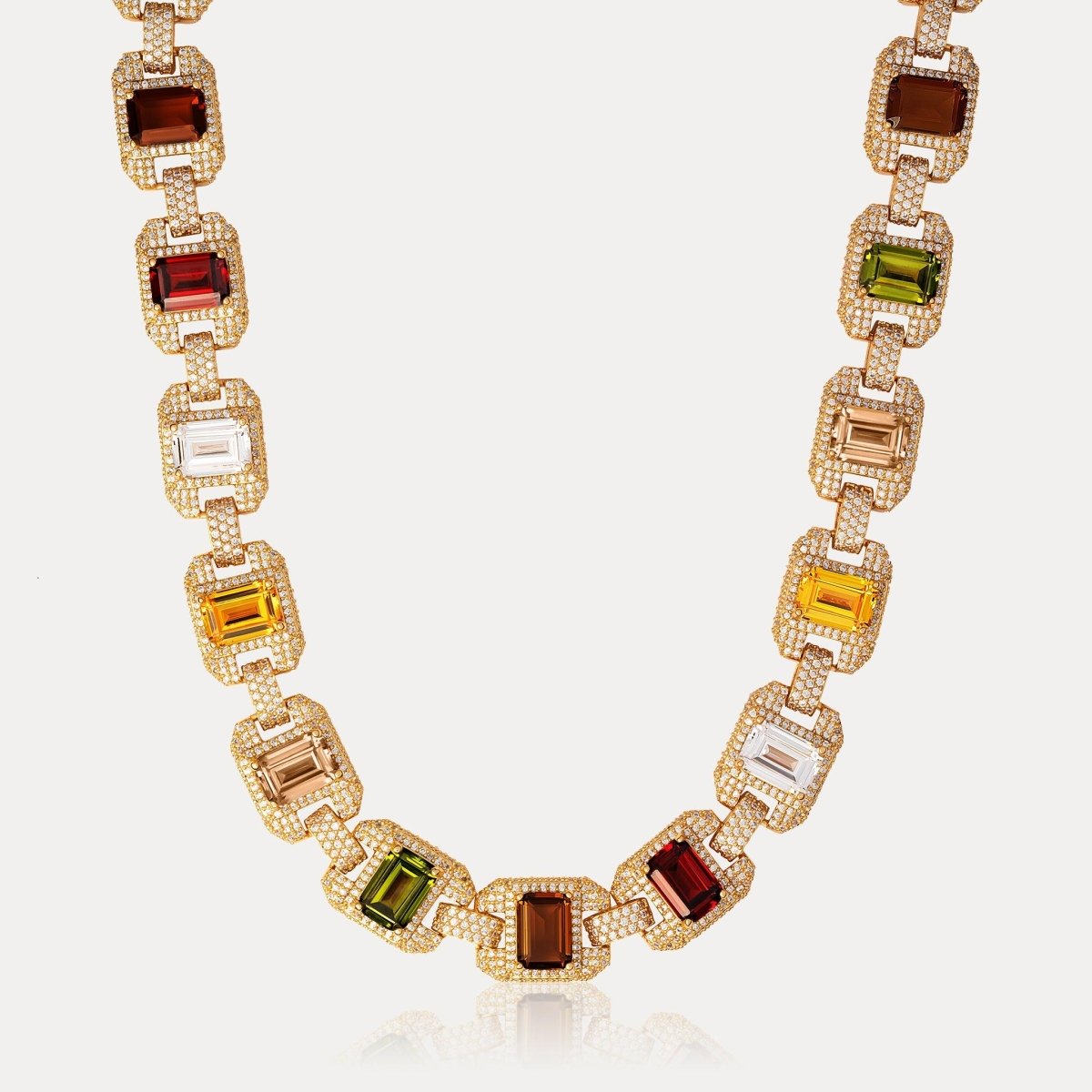



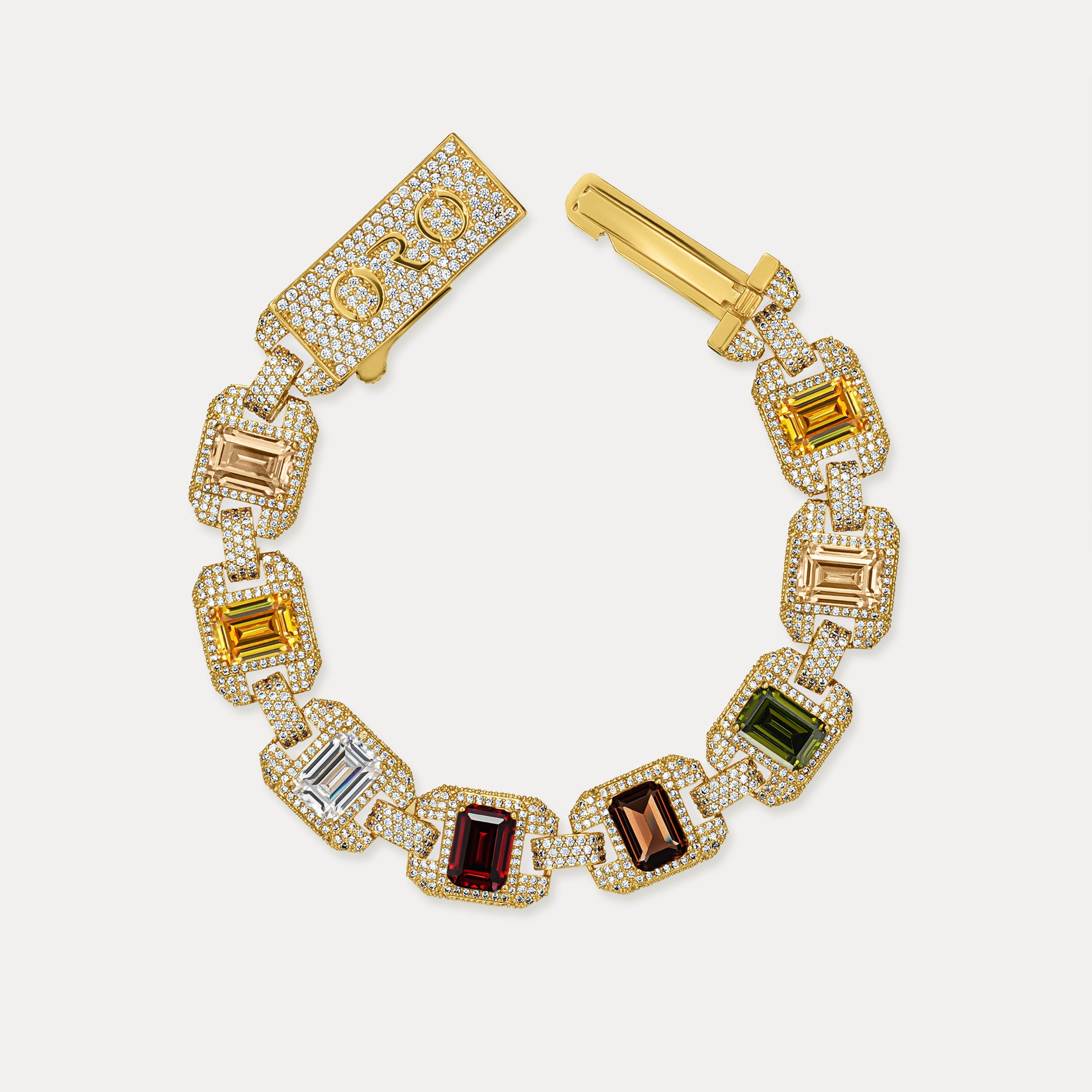

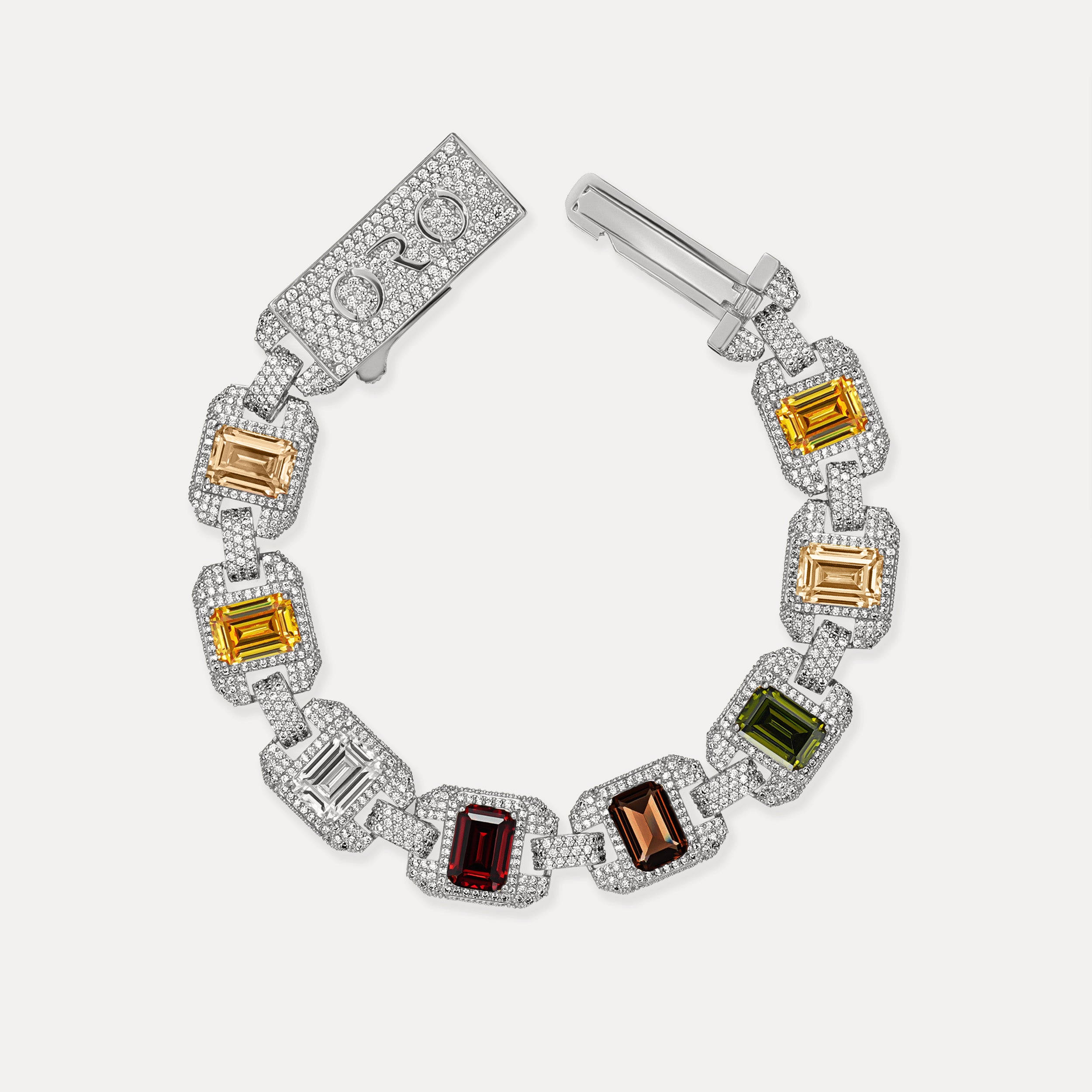

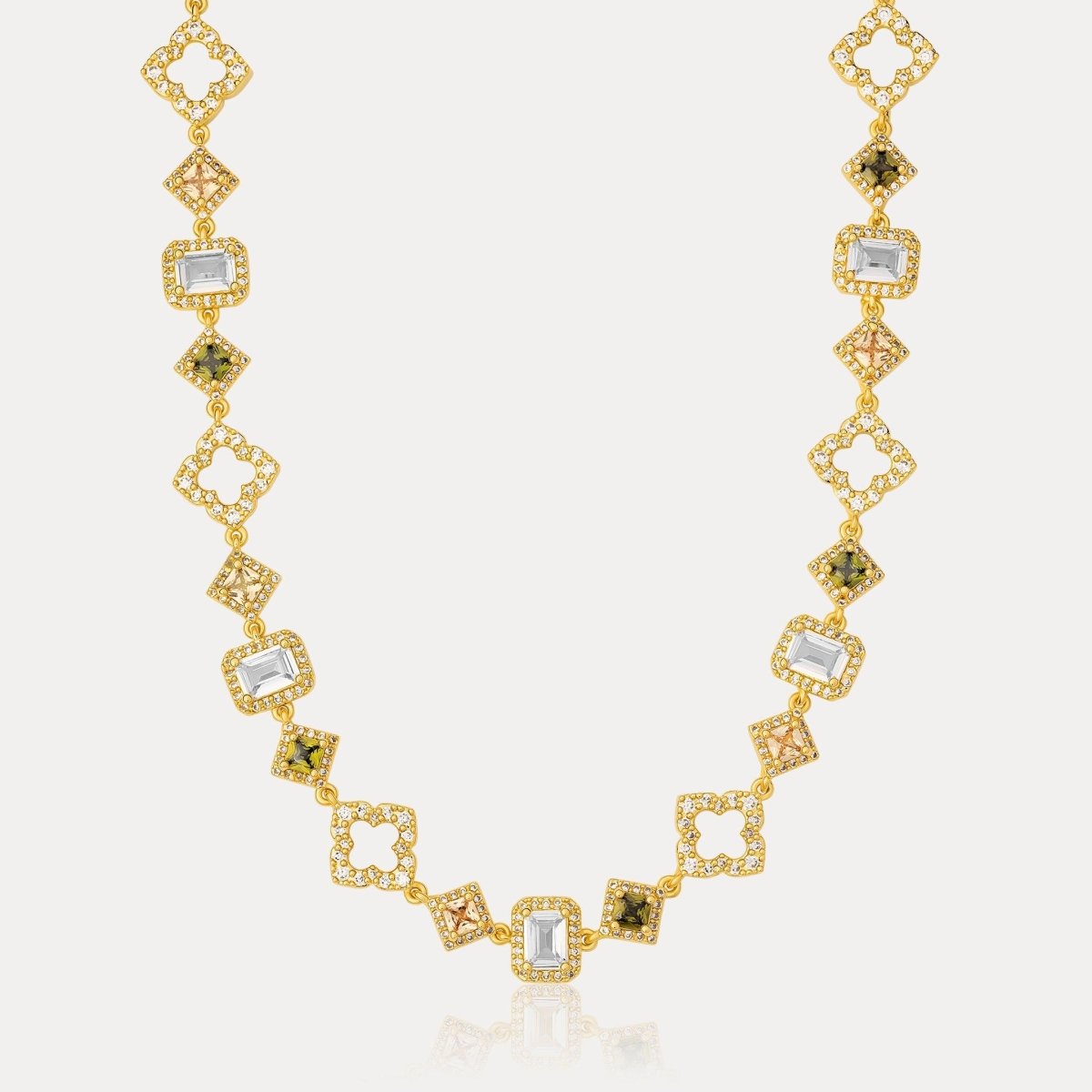

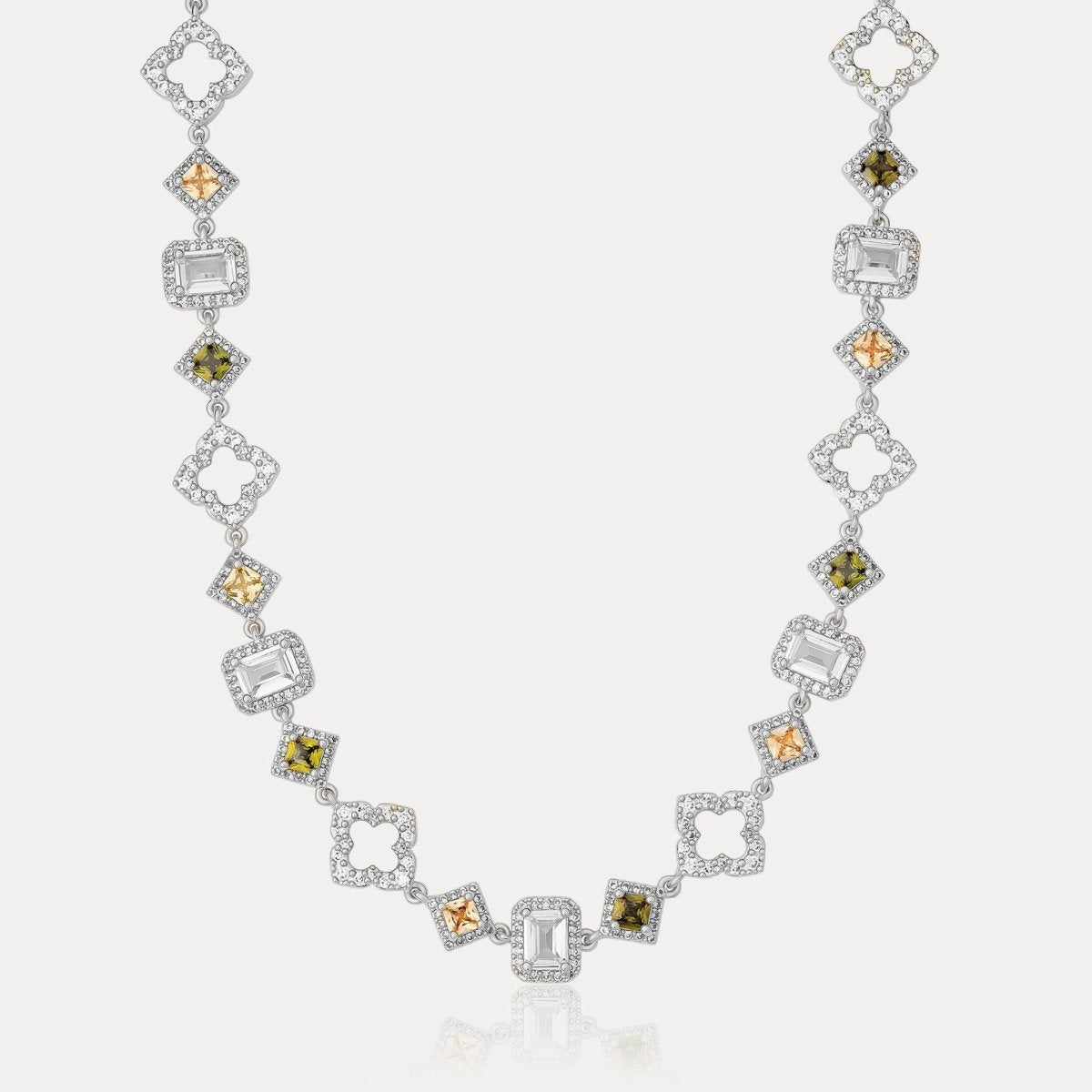

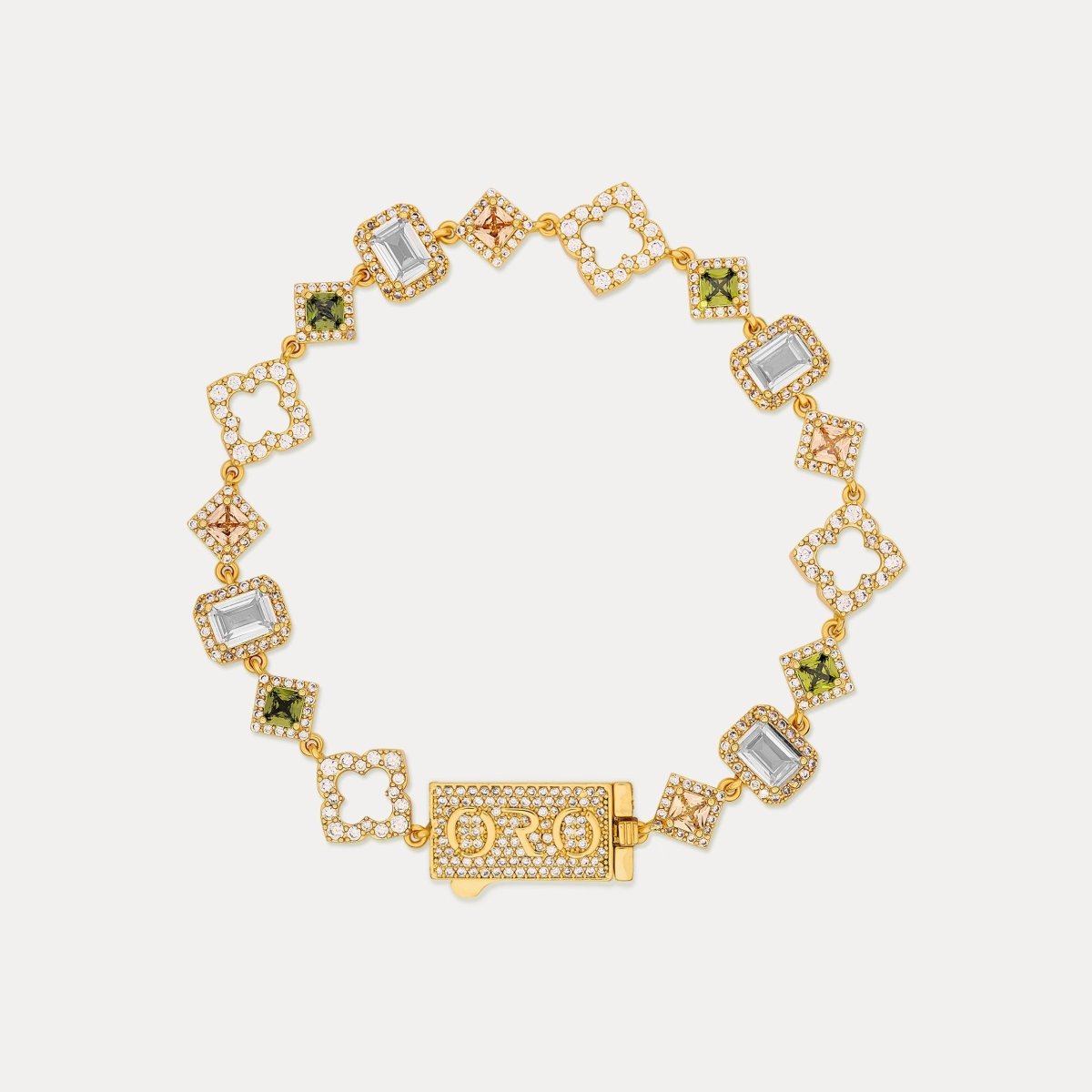


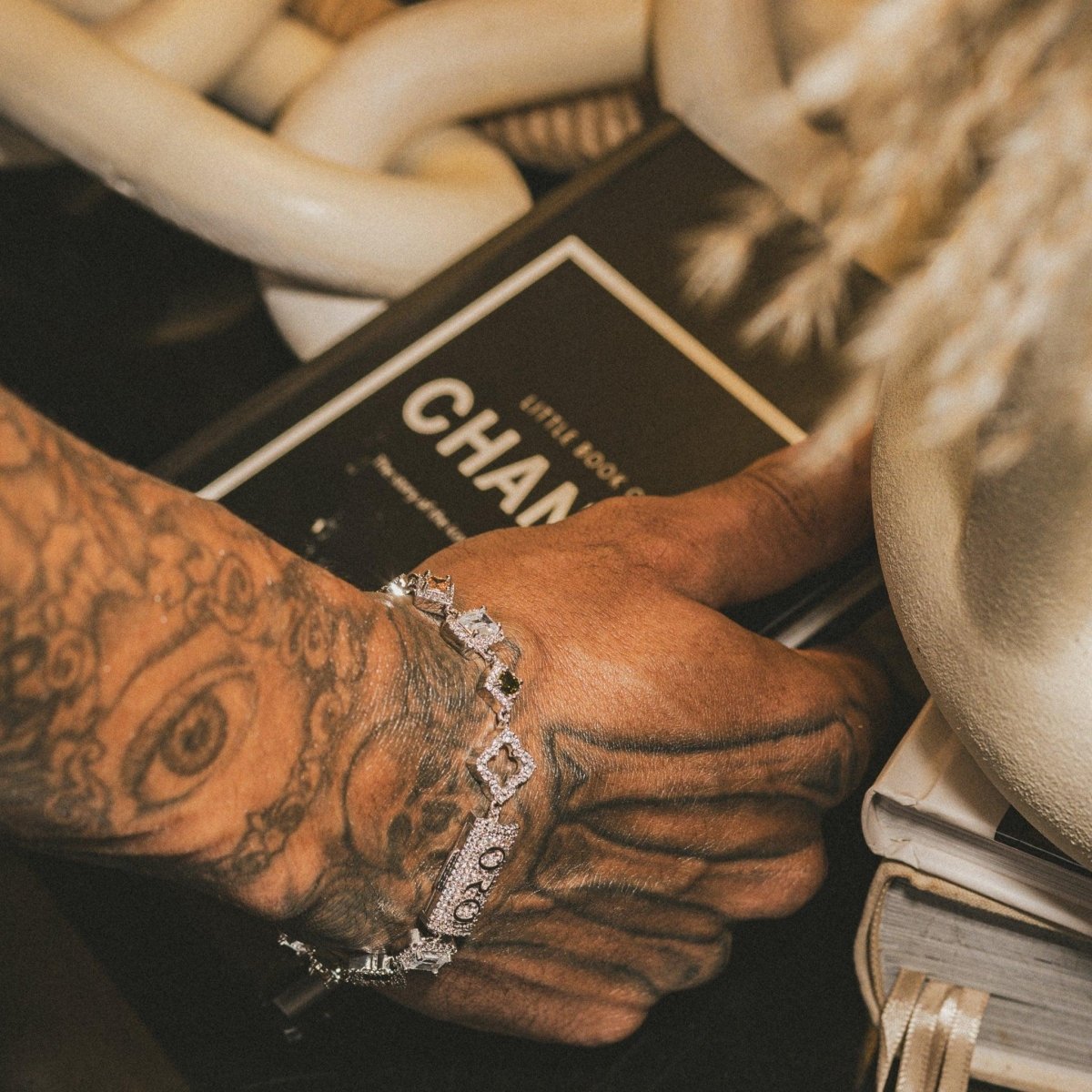
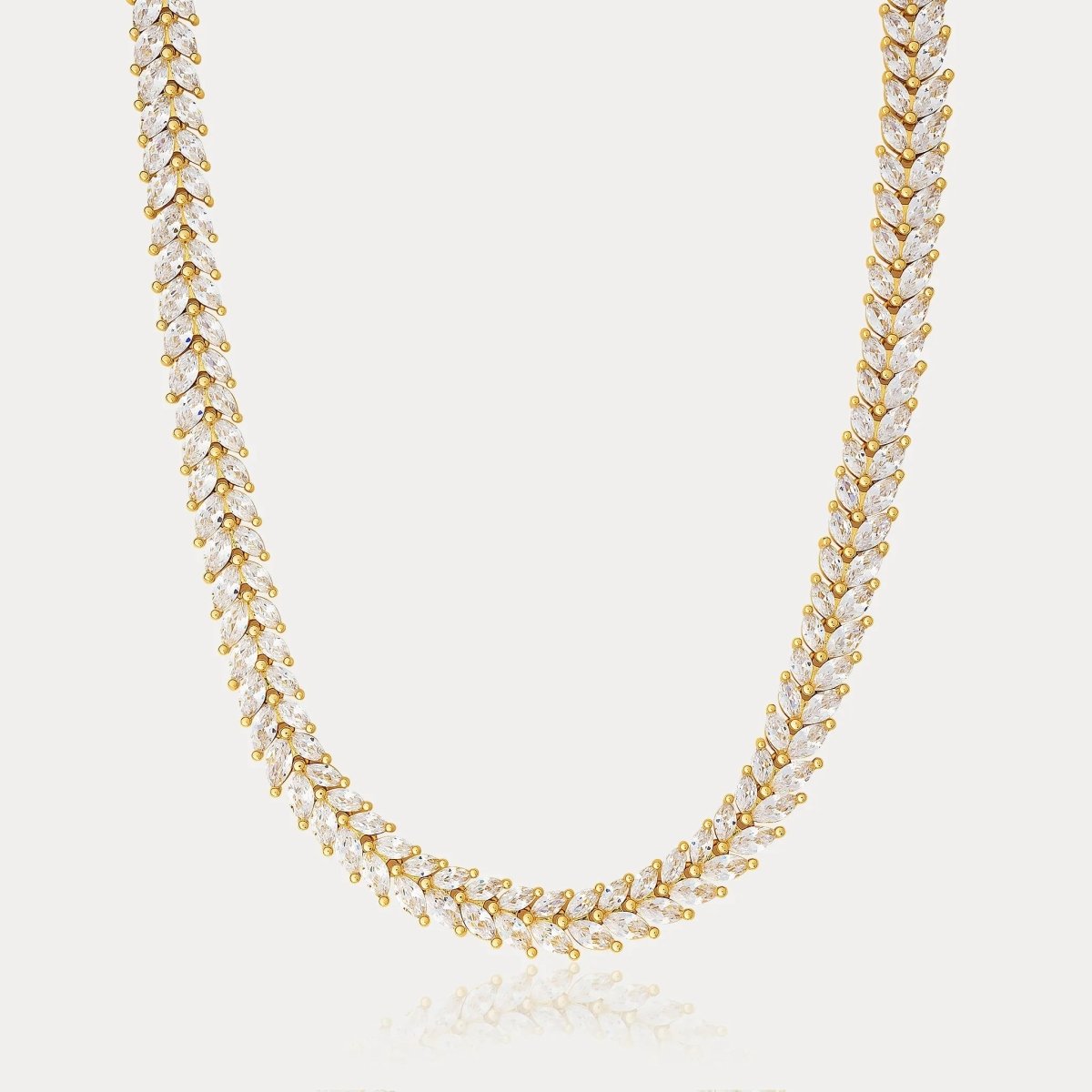
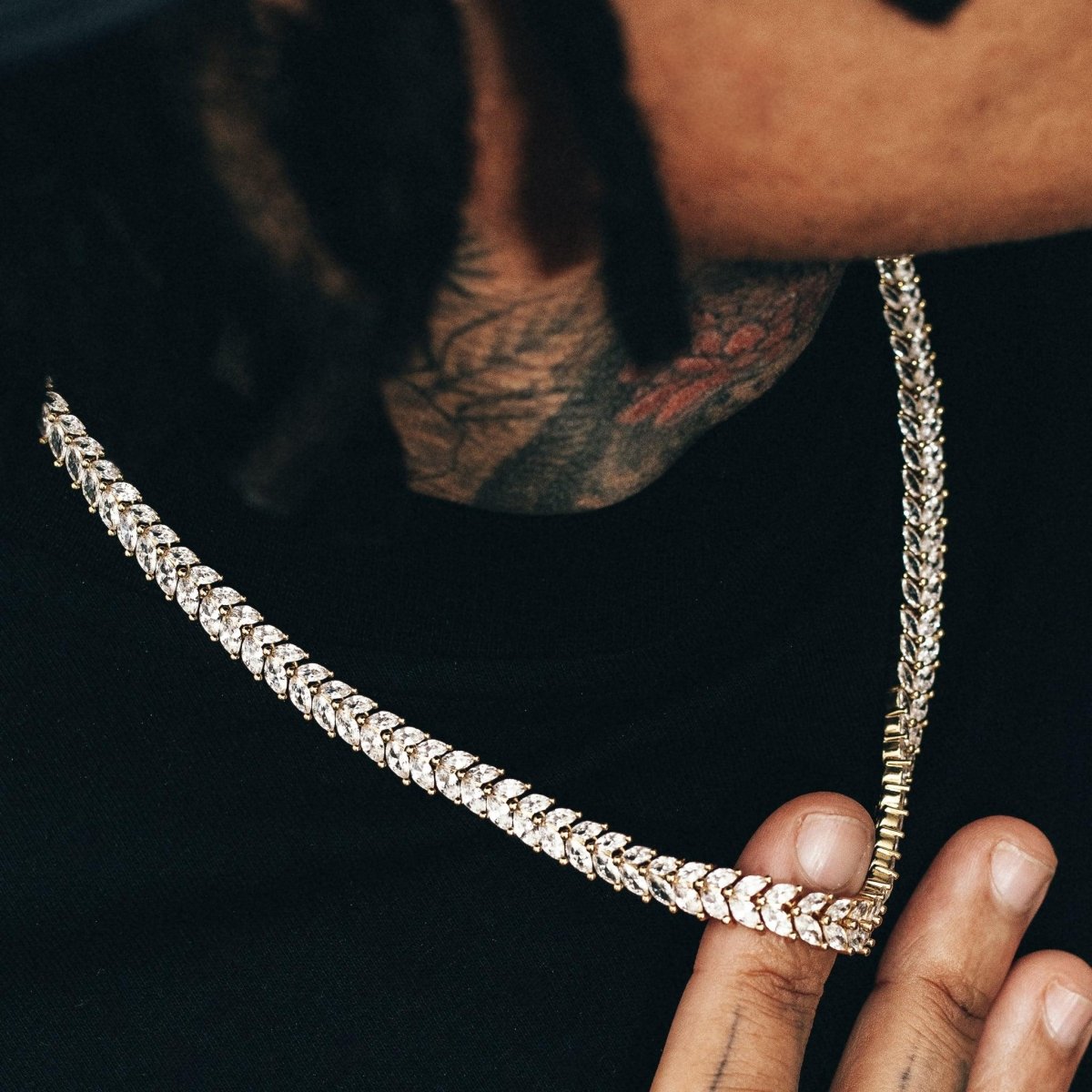
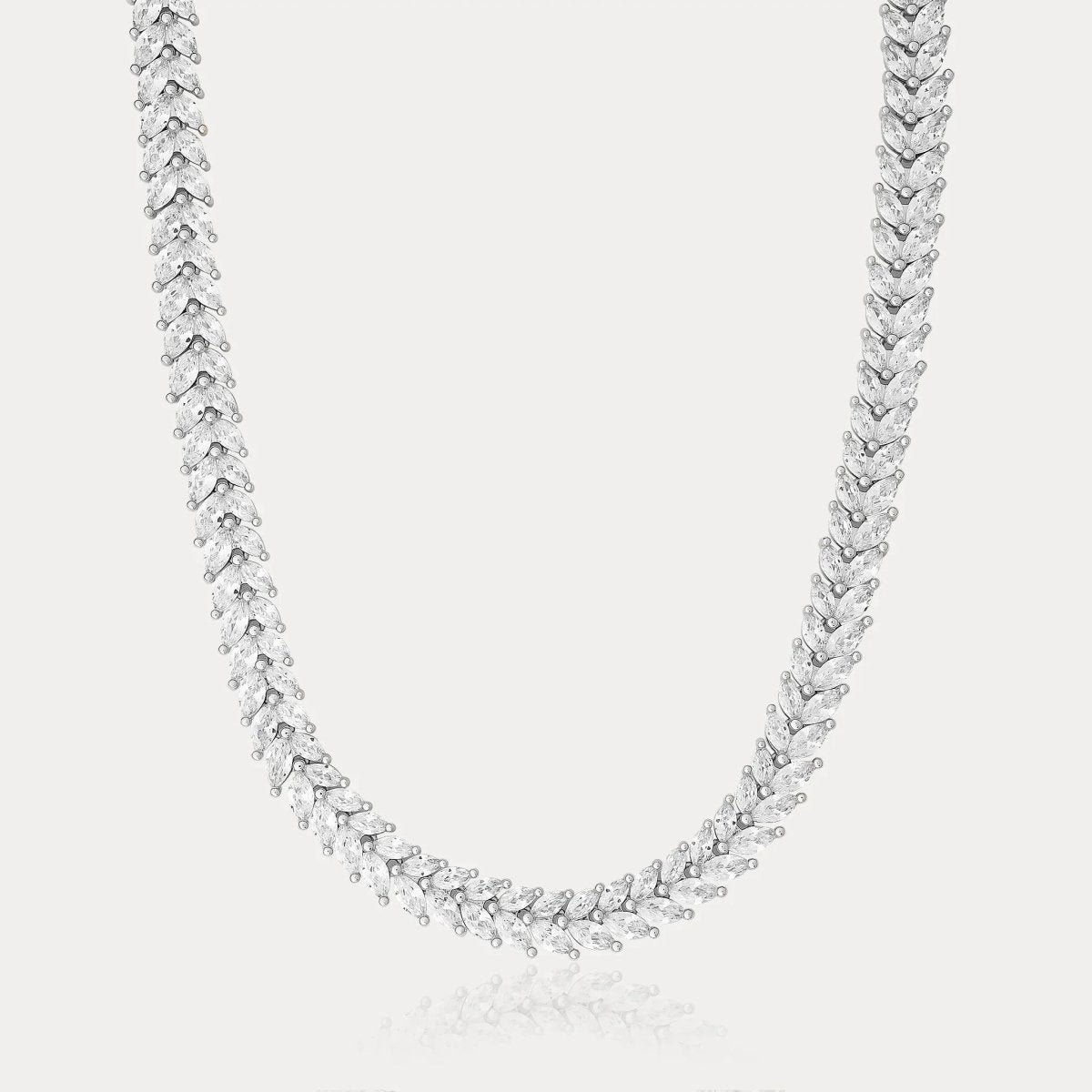

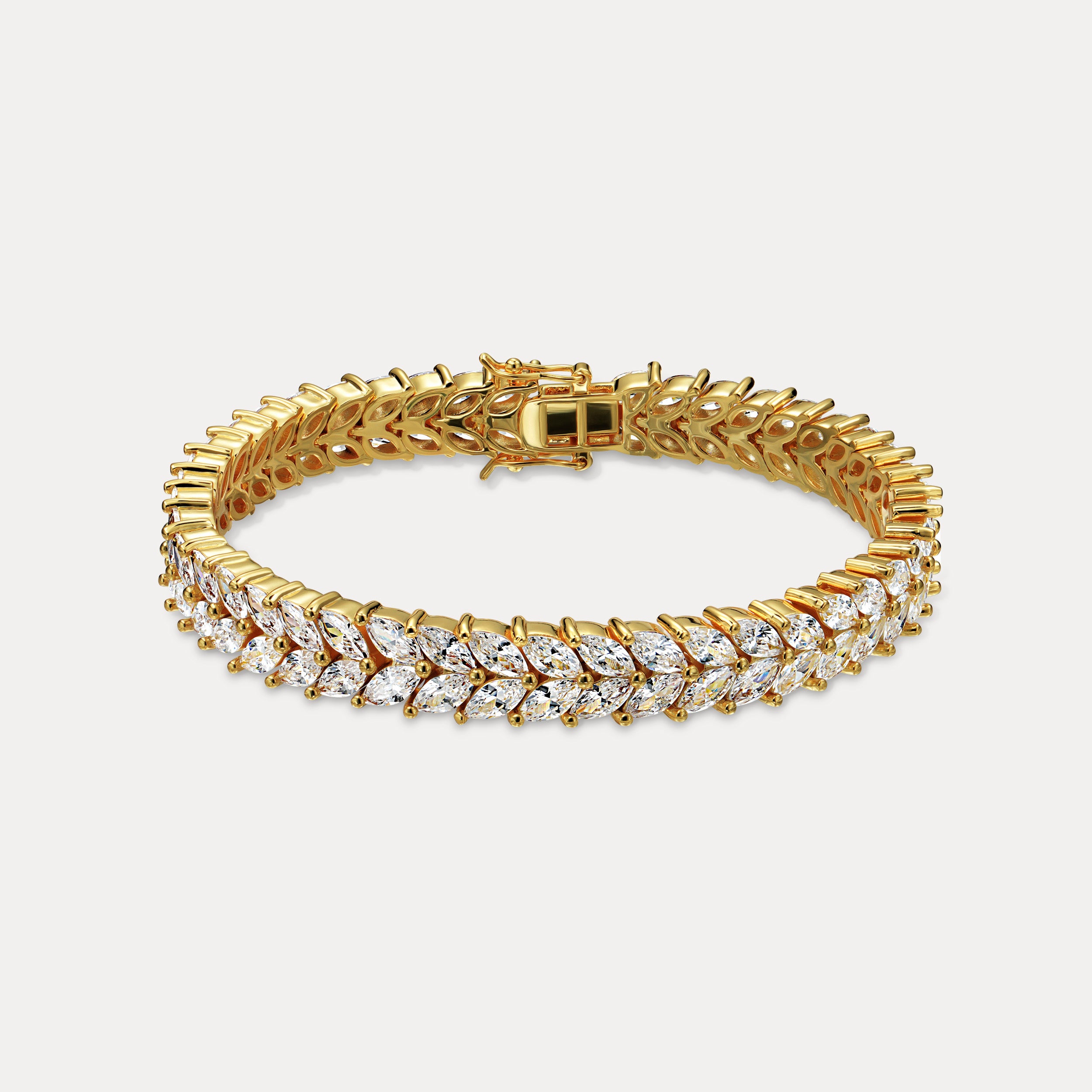

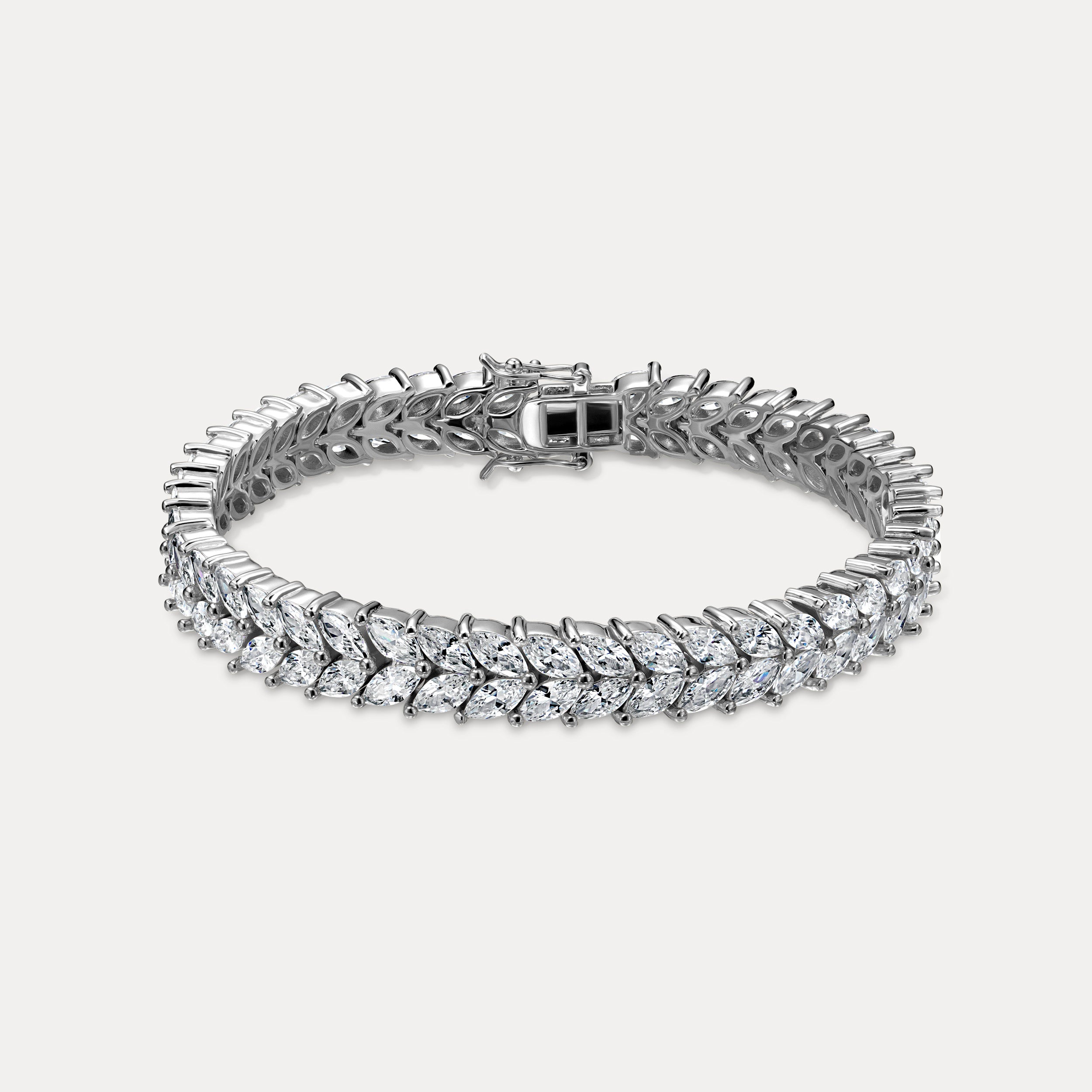

Leave a comment
This site is protected by hCaptcha and the hCaptcha Privacy Policy and Terms of Service apply.